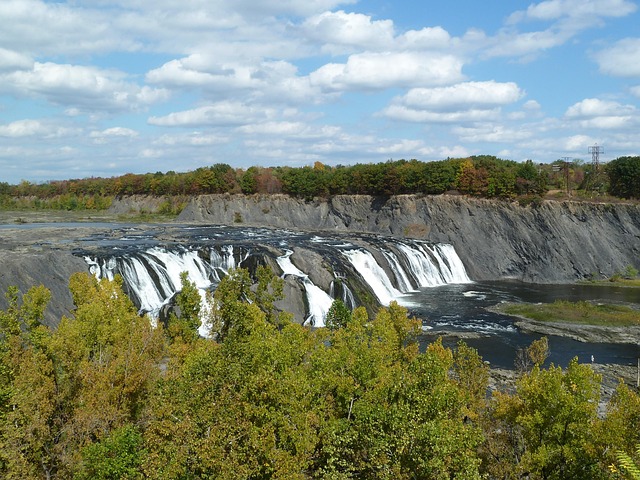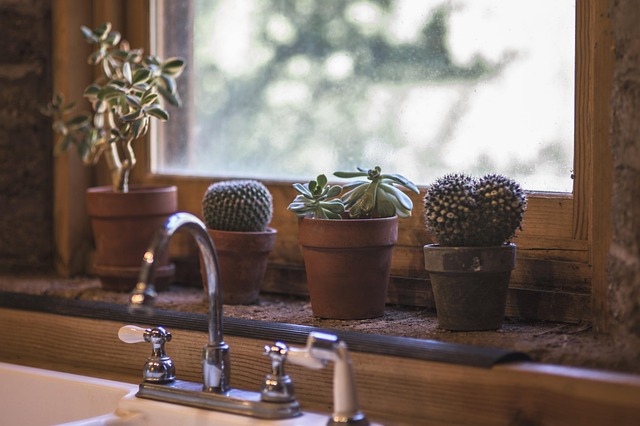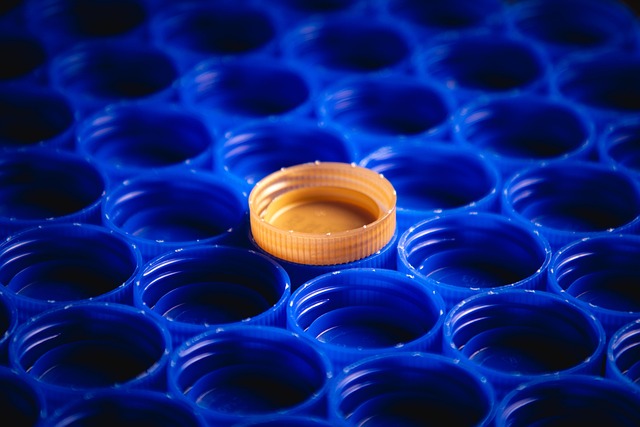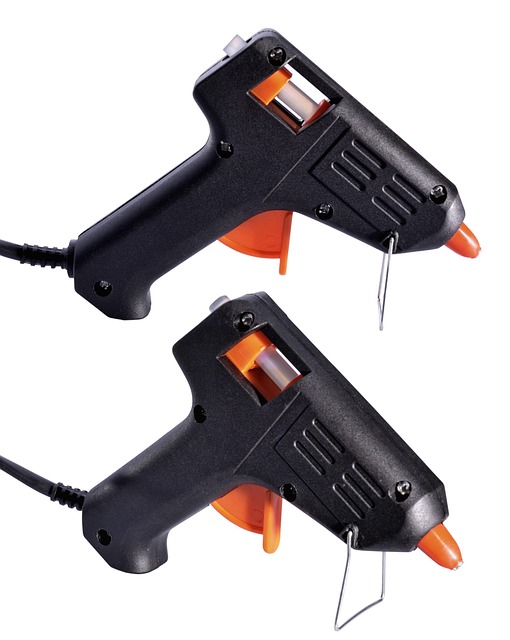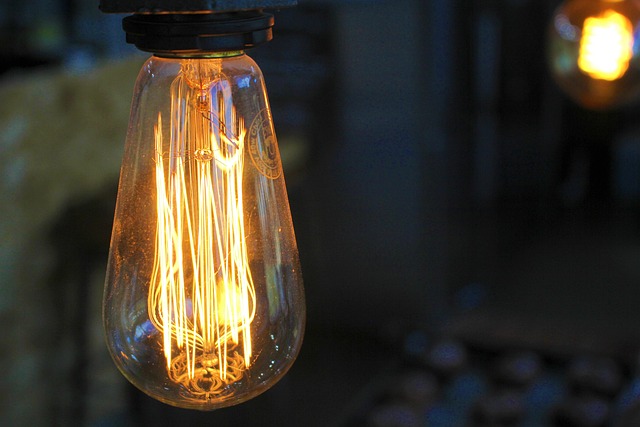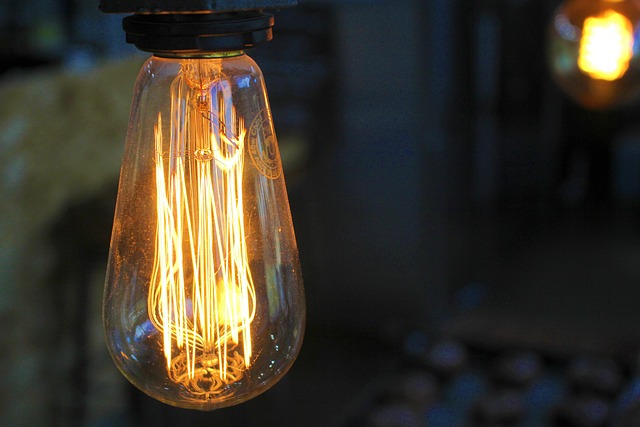GLT beams merge wood veneers with high-performance adhesives for exceptional strength. Adhesive choice & preparation methods are crucial for durability. Water-based & epoxy glues offer diverse benefits for various applications. Rigorous testing ensures quality control in beam bonding, enhancing structural integrity. Visit 18 Clifton St for advanced GLT options & best practices tailored to your project needs. Explore Types of Glue Laminated Beams at unalam.com.
In today’s construction landscape, durable beam bonding without welding is a game-changer. This article explores glue laminating techniques for structural integrity, offering a sustainable and efficient alternative to traditional methods. We delve into various types of glue laminated beams, from water-based adhesives to advanced epoxy systems. By understanding material strengths and non-destructive preparation, we uncover strategies to enhance bond durability. Additionally, we discuss quality control measures, ensuring longevity and safety in construction projects.
- Understanding Glue Laminated Beams: Materials and Strengths
- Popular Adhesives for Beam Bonding: Water-Based to Epoxy
- Non-Destructive Preparation Techniques for Better Adhesion
- Advanced Application Methods: Enhancing Bond Durability
- Testing and Ensuring Longevity: Quality Control Measures
Understanding Glue Laminated Beams: Materials and Strengths
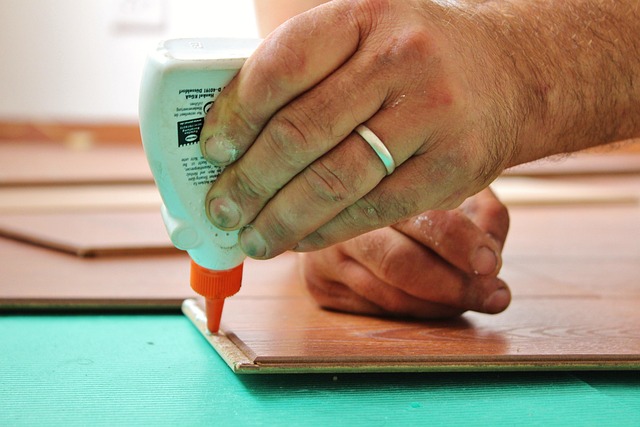
Glue laminated beams, also known as glue-laminated timber or GLT, represent an innovative use of glue in structural engineering. These beams are created by gluing together multiple layers of wood veneers, resulting in a strong and durable composite material. The process involves applying high-performance adhesives to stack and bond the veneers, forming a beam with exceptional strength and stiffness. This method is particularly advantageous for applications where traditional welding or metal joints might be impractical or unwanted.
There are various types of glue laminating beams, each tailored for specific structural needs. The choice of adhesive and veneer orientation significantly contributes to the final product’s performance. Best practices for gluing steel I-beams involve ensuring proper surface preparation, using compatible adhesives, and maintaining precise pressure during bonding. By visiting us at 18 Clifton St, Unadilla, NY 13849 anytime, you can explore these innovative uses of glue in structural engineering and discover the best practices tailored to your project requirements.
Popular Adhesives for Beam Bonding: Water-Based to Epoxy

When it comes to durable beam bonding without welding, the choice of adhesive plays a pivotal role. Among the various options available, water-based adhesives and epoxy glues are two popular types for gluing steel I-beams. Water-based glues offer a range of benefits, including lower toxicity, faster drying times, and ease of cleanup—making them suitable for both indoor and outdoor applications. These adhesives are particularly advantageous for projects focusing on environmental sustainability due to their non-hazardous nature.
On the other hand, epoxy glues are renowned for their exceptional strength and durability, making them a preferred choice for strengthening existing structures with glued beams. They provide superior bond strength, even under extreme conditions, ensuring structural integrity over time. For outdoor laminated beams, glues suitable for these applications should be chosen based on resistance to weather exposure and UV degradation, with an option like the epoxy system offering long-lasting performance. To discuss best practices for gluing steel I-beams or learn more about how adhesives can strengthen your structures, give us a call at (607) 369-9341.
Non-Destructive Preparation Techniques for Better Adhesion

Non-Destructive Preparation Techniques for Better Adhesion play a pivotal role in achieving durable beam bonding, especially when employing glue lamination techniques for construction purposes. These methods ensure that the surfaces to be bonded are clean, smooth, and free from contaminants, enhancing adhesion significantly. One popular approach is mechanical surface treatment, which involves using tools like sanders or scrapers to remove any roughness or debris from the beam’s surface. This process exposes fresh wood fibers, creating a more receptive interface for the adhesive.
Additionally, chemical treatments can be employed as part of Non-Destructive Preparation (NDP) techniques. Solvents or bonding primers are applied to the beams to improve their wettability and increase the bond strength. The performance testing of adhesives for wood lamination is crucial at this stage to ensure compatibility and optimal results. Quality control measures for glued timber beams, including visual inspections and dimensional checks, should be implemented before proceeding with any construction projects. For those seeking reliable solutions, visiting unalam.com can provide valuable insights into advanced glue lamination techniques.
Advanced Application Methods: Enhancing Bond Durability

Advanced Application Methods for beam bonding go beyond traditional welding techniques, offering enhanced durability and innovative construction solutions. One such method involves exploring various types of glue laminated beams, which provide an effective and aesthetically pleasing alternative. By utilizing cost-effective glue options for wooden beams, builders can achieve strong, long-lasting connections, revolutionizing the way we construct timber structures.
Cyanoacrylate glues, known for their rapid curing properties, are a popular choice for beam assembly due to their ability to create virtually invisible bonds. This modern approach not only streamlines construction but also emphasizes the aesthetic benefits of glued timber structures, enabling designers and architects to push creative boundaries. For more information and to explore these solutions in detail, visit us at 18 Clifton St, Unadilla, NY 13849 anytime.
Testing and Ensuring Longevity: Quality Control Measures

To ensure the durability and longevity of beam bonding without welding, rigorous testing and quality control measures are essential. This involves assessing various parameters such as adhesion strength, moisture resistance, and dimensional stability over extended periods. One effective method is to conduct life cycle assessments (LCA) on glue laminated beams, focusing on the environmental impact and structural integrity throughout their service life.
Performance testing of adhesives used in wood lamination plays a pivotal role in this process. Different types of glues have varying properties that influence the overall strength and longevity of the beam system. By subjecting these materials to simulated conditions, engineers can predict their behavior under real-world stress. Regular quality checks and adherence to industry standards are crucial, as they ensure that each component meets the required specifications. For tailored solutions, give us a call at (607) 369-9341.
Durable beam bonding without welding offers a versatile and powerful alternative for construction projects. By understanding the unique properties of different adhesives and employing effective preparation techniques, builders can achieve strong, long-lasting bonds. Advanced application methods further enhance the durability of these connections, ensuring structural integrity and longevity. With proper quality control measures in place, glue laminated beams present an innovative solution for efficient and reliable construction, catering to modern demands without compromising strength or aesthetics.
